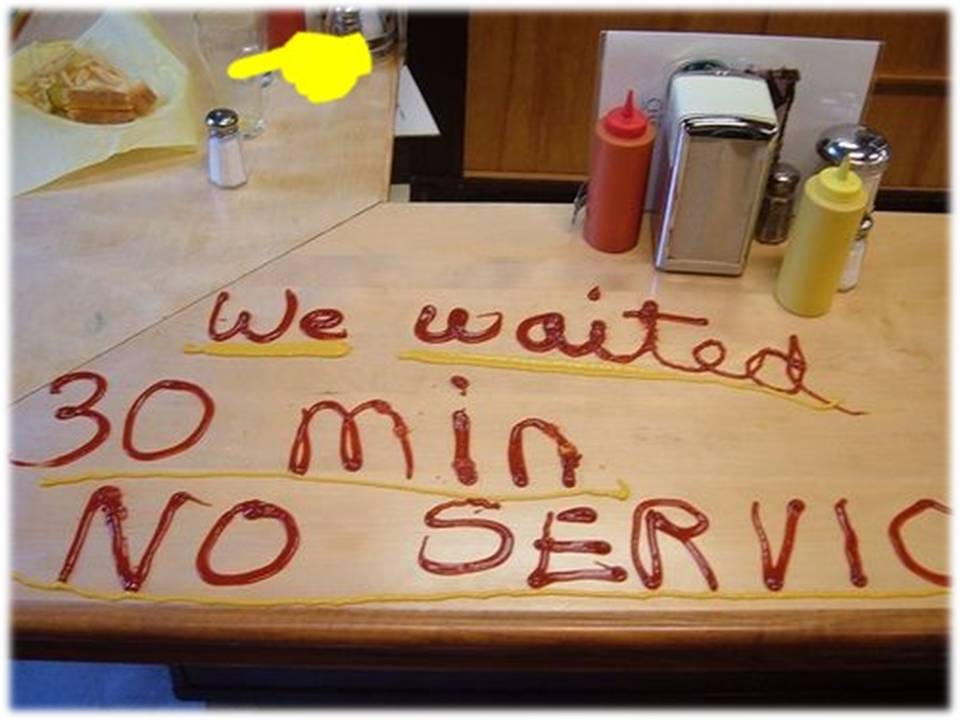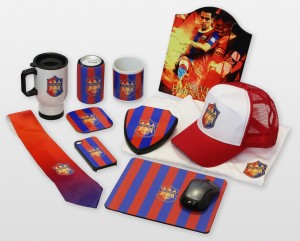What is the Section 179 Deduction?
The Section 179 deduction was a tax code created to encourage businesses to buy equipment and invest in themselves. Typically, when your business buys certain items of equipment, it gets to write them off a little at a time through “depreciation” – it spreads the total deduction out across the “useful” years of the equipment. A bit complicated, and certainly not as appealing as deducting the amount all together.
However, Section 179 allows businesses to deduct the full purchase price of qualifying equipment and/or software purchased or financed during that specific tax year. All businesses that purchase, finance, and/or lease equipment valued at less than $2,000,000 in new or used business equipment during the tax year of 2016 should qualify for the Section 179 deduction.
What items qualify?
Most any “tangible good” for primarily business use should qualify – though there are restrictions on certain things such as vehicles purchased for business use. Also, a necessary requirement for the tax 179 deduction code to apply, the equipment must be placed “into service” during the 2016 tax year – so ideally, any large equipment purchases that may require special delivery or installation should be placed ahead of time to allow for the equipment to be in service within the tax year window as well.
For a full list of qualifying equipment and restrictions, this list is a great resource for more information.
How much could Section 179 save me?
The Section 179 deduction can have a real impact on your small business, and greatly lower the “true” cost of your new equipment. On the Section179.org website, there is a very convenient and easy-to-use calculator that gives you a peek at what those savings could be. Click here to enter your own potential purchase amounts to see how much Section 179 could save you this year!
Epson F6200 |
Epson F7200 |
Epson F9200 |
|
Equipment Cost: $8,495 |
Equipment Cost: $15,995 |
Equipment Cost: $25,995 |
|
First Year Deduction: $8,495 |
First Year Deduction: $15,995 |
First Year Deduction: $25,995 |
|
Cash Savings: $2,973.25 |
Cash Savings: $5,598.25 |
Cash Savings: $9,098.25 |
|
Lowered Cost of Equipment: $5,521.75(after Tax Savings) |
Lowered Cost of Equipment: $10,396.75(after Tax Savings) |
Lowered Cost of Equipment: $16,896.75(after Tax Savings) |



